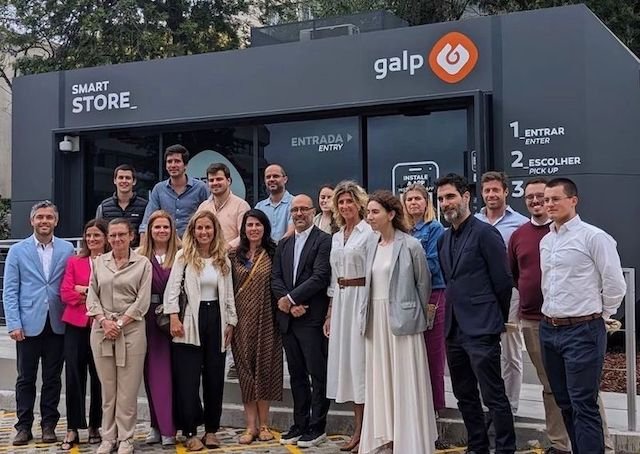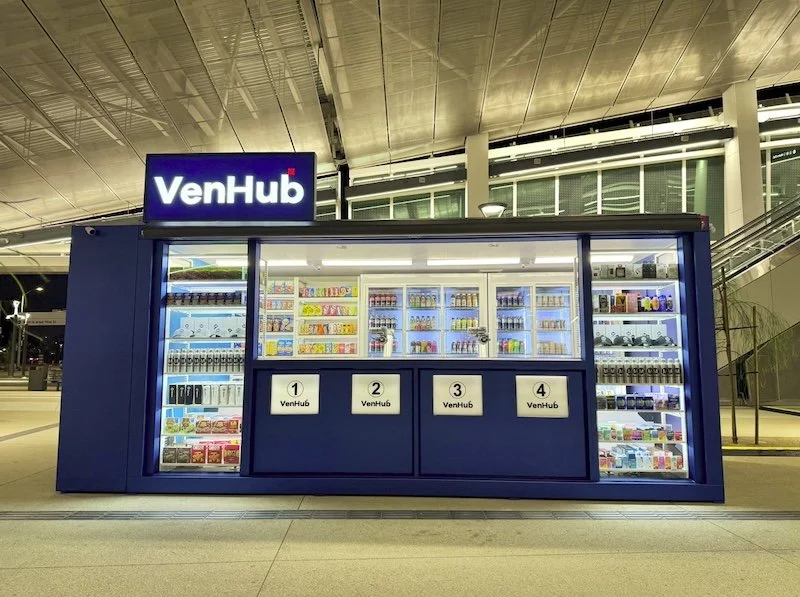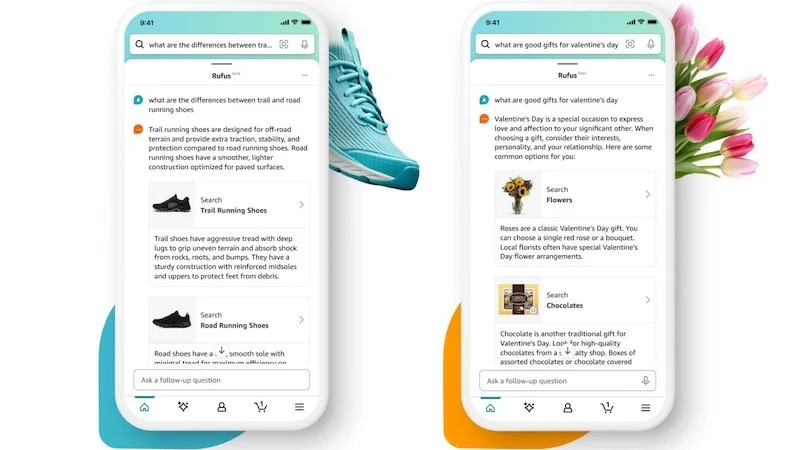Galp and Sensei give Católica Lisbon School of Business and Economics students a taste of autonomous shopping
Portuguese multinational energy corporation, Galp, has gone live with its new Smart Store offering at Católica Lisbon School of Business and Economics in Portugal.
The autonomous location is powered by Portuguese startup Sensei’s technology.
In a LinkedIn post, Maria Estarreja, Executive Director Retail Innovation Lab (RIL) at Católica Lisbon School of Business and Economics, said: “I have the pleasure to announce that we opened last week at Católica Lisbon an autonomous Galp Smart Store, that will allow us to provide improved services to our dear students and, at the same time, will be a research lab for the RIL.”
She added: “This project was only possible due to the hard work and collaboration of the RIL and Católica Lisbon, Galp and Sensei.”
“I would like to thank all the teams enrolled in this project, as well as send a special thank you to Ana Casaca (Global Head of Innovation at Galp) and Joana Rafael (COO at Sensei) for dreaming with us.”

Italian job
Sensei recently announced a deal in the Italian market with the opening of the country’s second autonomous supermarket.
Located in the historic centre of Trento, Conad’s new neighbourhood store TuDay Prendi & Vai promises a faster and more convenient shopping experience without the need to queue or scan products.
Sensei, which has autonomous stores across Europe and South America, has teamed up with the DAO cooperative that manages Conad in the provinces of Trento, Bolzano, Vicenza and Verona.
The opening came six months after the launch of a first store, located in Verona, for the same client. This has so far pulled in more than 90,000 people.
TuDay Prendi & Vai' (Grab and Go in English) allows customers to enter the store, pick up the products they want, and leave, without having to go through a checkout or wait in line to pay. There is always a member of trained staff on hand to help customers with this new shopping experience.
As with Verona, Trento boasts a series of developments designed to enhance the customer’s experience. Along with the removal of entrance barriers to facilitate access, it offers customers the opportunity to check their shopping cart virtually, updated in real-time, before leaving the store.
At the payment terminal, after passing the cart through, customers can choose to pay by card or use the TuDay - Prendi & Vai app, instantly receiving their shopping receipt. The time lapse between the customer reaching the terminal and leaving the store is currently less than one minute.
Sensei technology also allows the store to offer an extensive product range (more than 2,000 products).
This includes products with a variable weight, such as fresh produce and bakery items, which benefit from automated communication between the weighing scales and the store’s IT system.
"The opening of a new store is always a matter of pride, but the opening of a second store is a historic moment for Sensei,” said Vasco Portugal, Co-founder and CEO at Sensei.
“This milestone marks the start of our expansion in Italy and underlines the convenience and practicality of our technology, above and beyond simple enthusiasm for technological processes.”
“We are privileged to have DAO as our partner and fellow pioneer in the expansion of autonomous supermarkets in Italy, and we thank them for their confidence in us and their collaboration in another key chapter in the history of retail in Italy. We’re looking forward to the future with great excitement.”
Sensei’s offering is based on computer vision, sensors and artificial intelligence algorithms.
It says that, in addition to significantly improving the retail experience by removing the need to scan products and streamlining the payment process, this also helps the client to better understand their customers’ shopping habits and adapt their stock accordingly.
While preserving customer anonymity, the store can identify every product removed from the shelves, creating a virtual shopping cart for each user.
While shopping, the customer is free to put the products wherever they like (a bag, a backpack or even in their pockets) or return a product to the shelf, with the system recognising the action and immediately deleting those items from the virtual cart.
At the end, on leaving the store, the customer presents their bank card or shows the QR code of the app associated with a particular payment method.






























Continue reading…